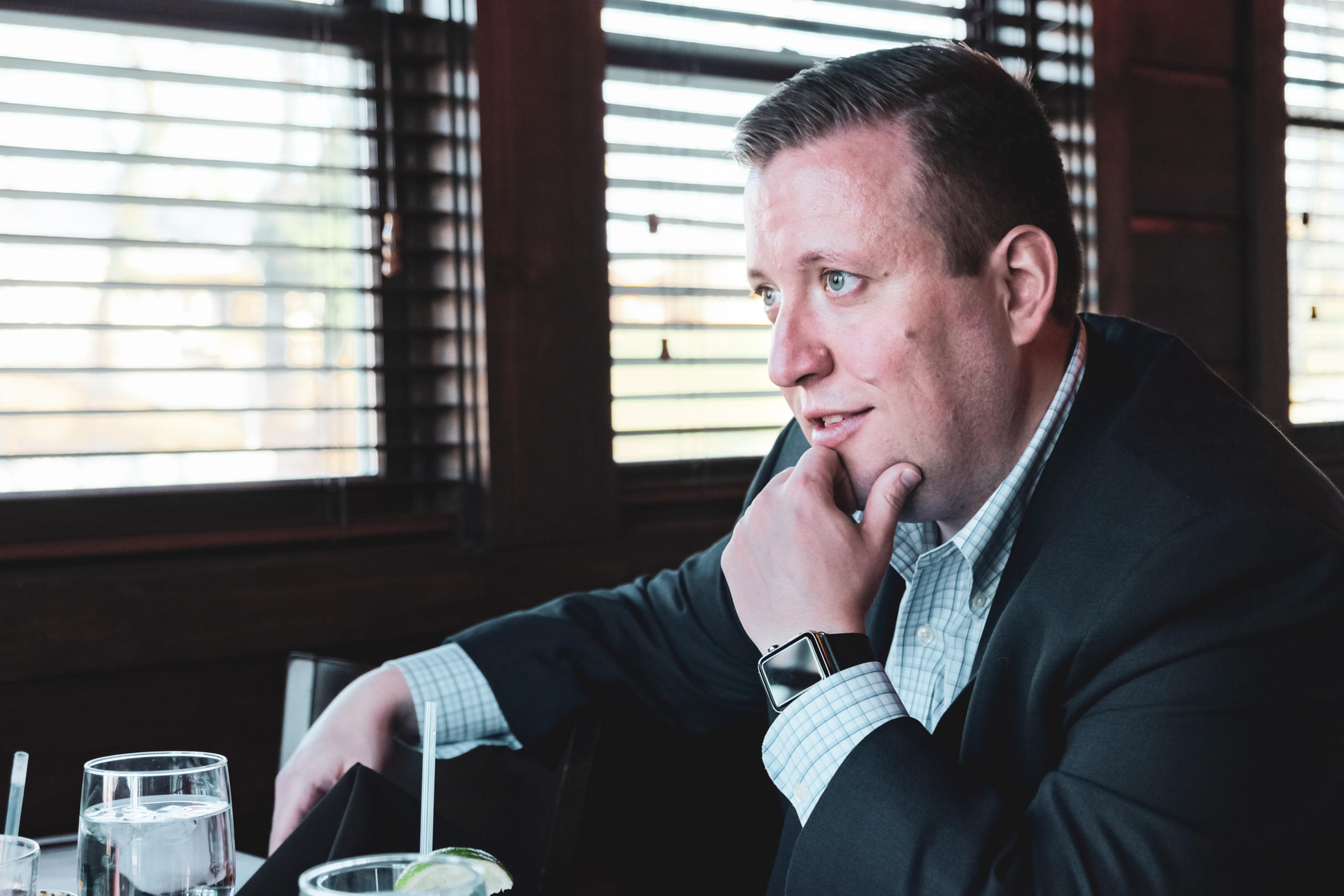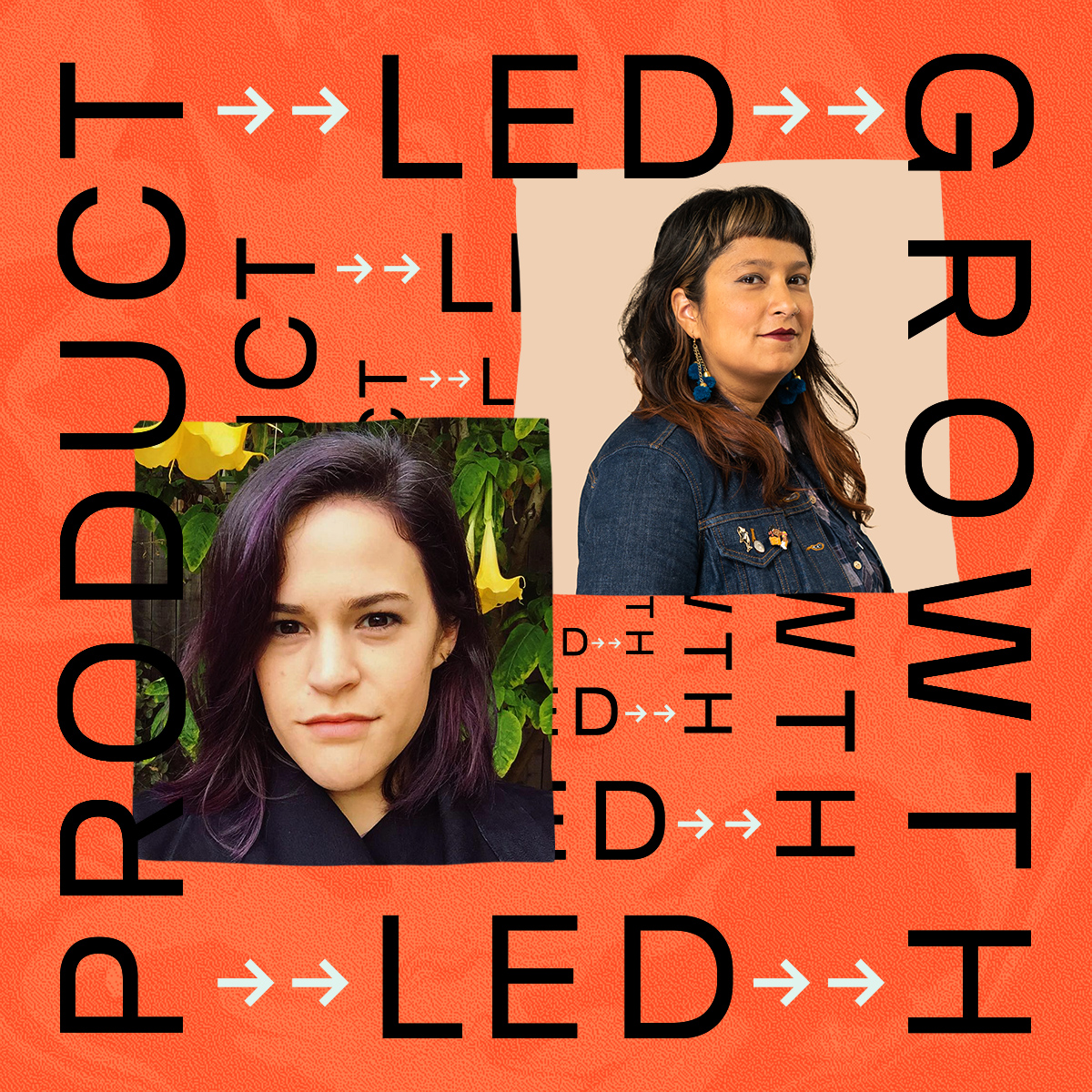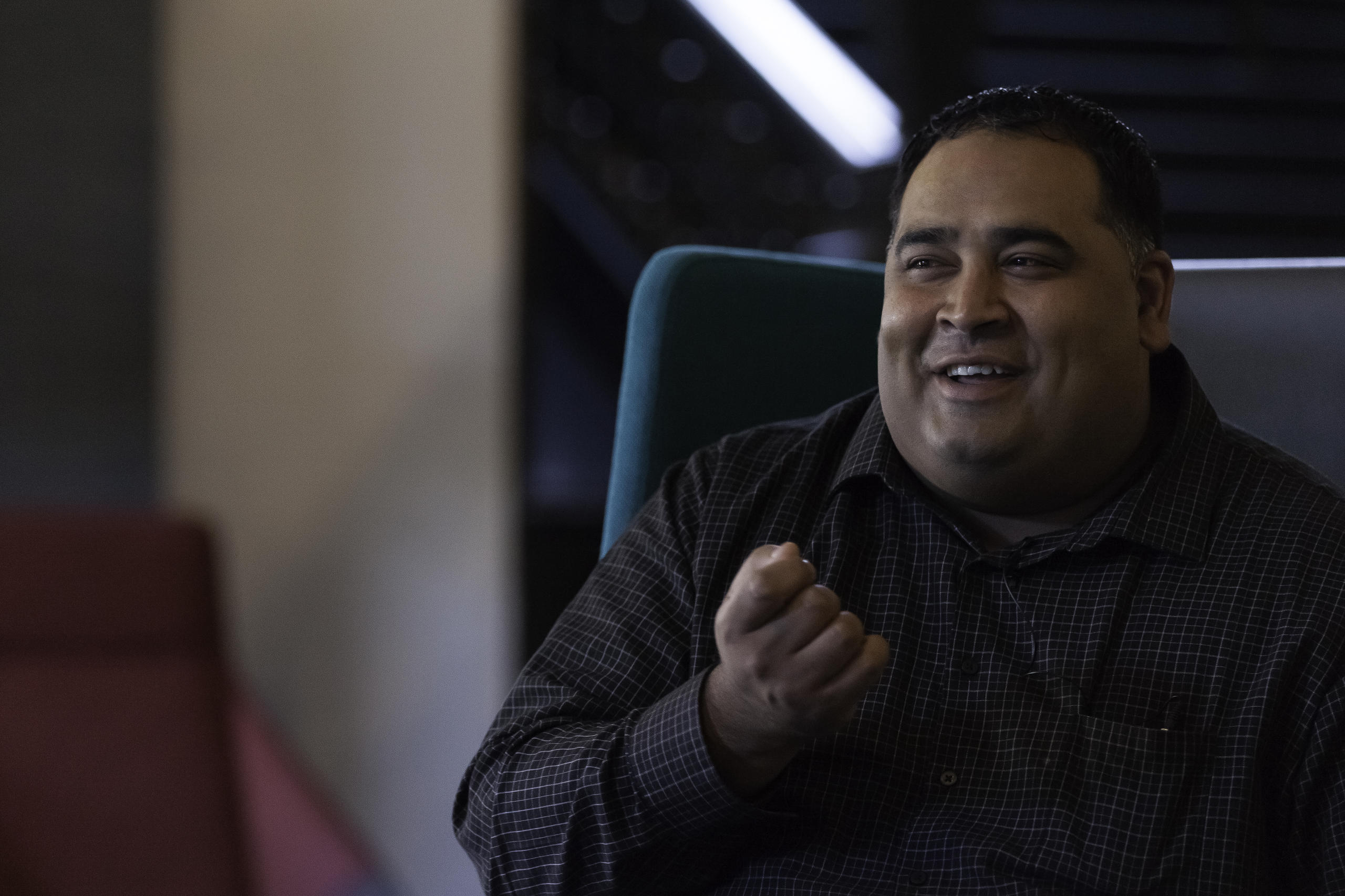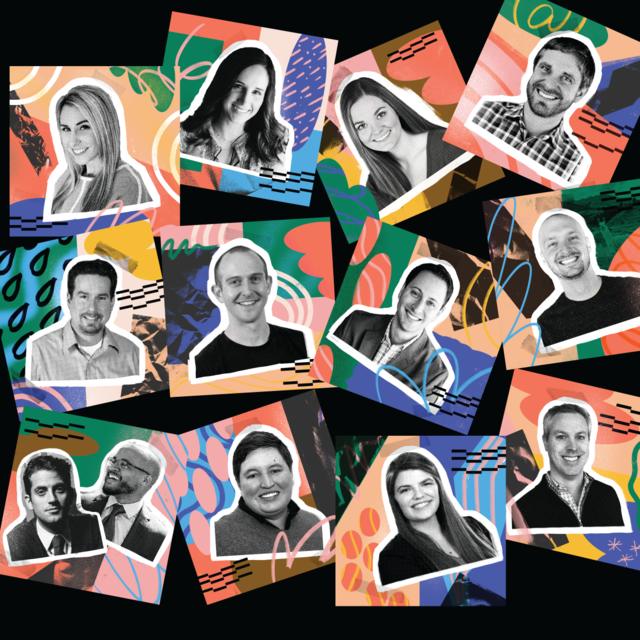
Product Led Growth: Building Growth Teams at Pinterest

Product-led growth is a rising strategy for tech companies around the world. Yet many product leaders and practitioners have questions around how to make decisions, how teams are structured, and what other companies are doing. This episode, we are talking to Prianka Rayamajhi and Lindsay Mindler, leaders on the Growth Design Team at Pinterest.
Go behind the scenes with a glimpse into how a company like Pinterest is able to use its product supporting both consumers and businesses. One thing to note is how they use a product-led growth strategy to focus on the user experience.
Join us for next week’s episode in the PLG series featuring Cem Kansu of Duolingo. In the meantime, get connected to the community to learn more about product-led growth: https://betterproduct.community/.



